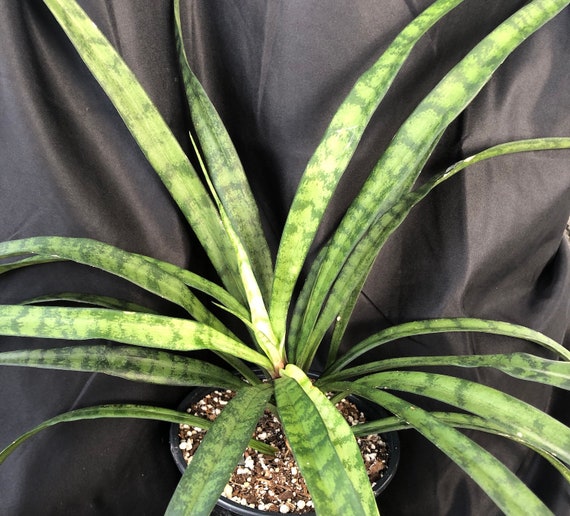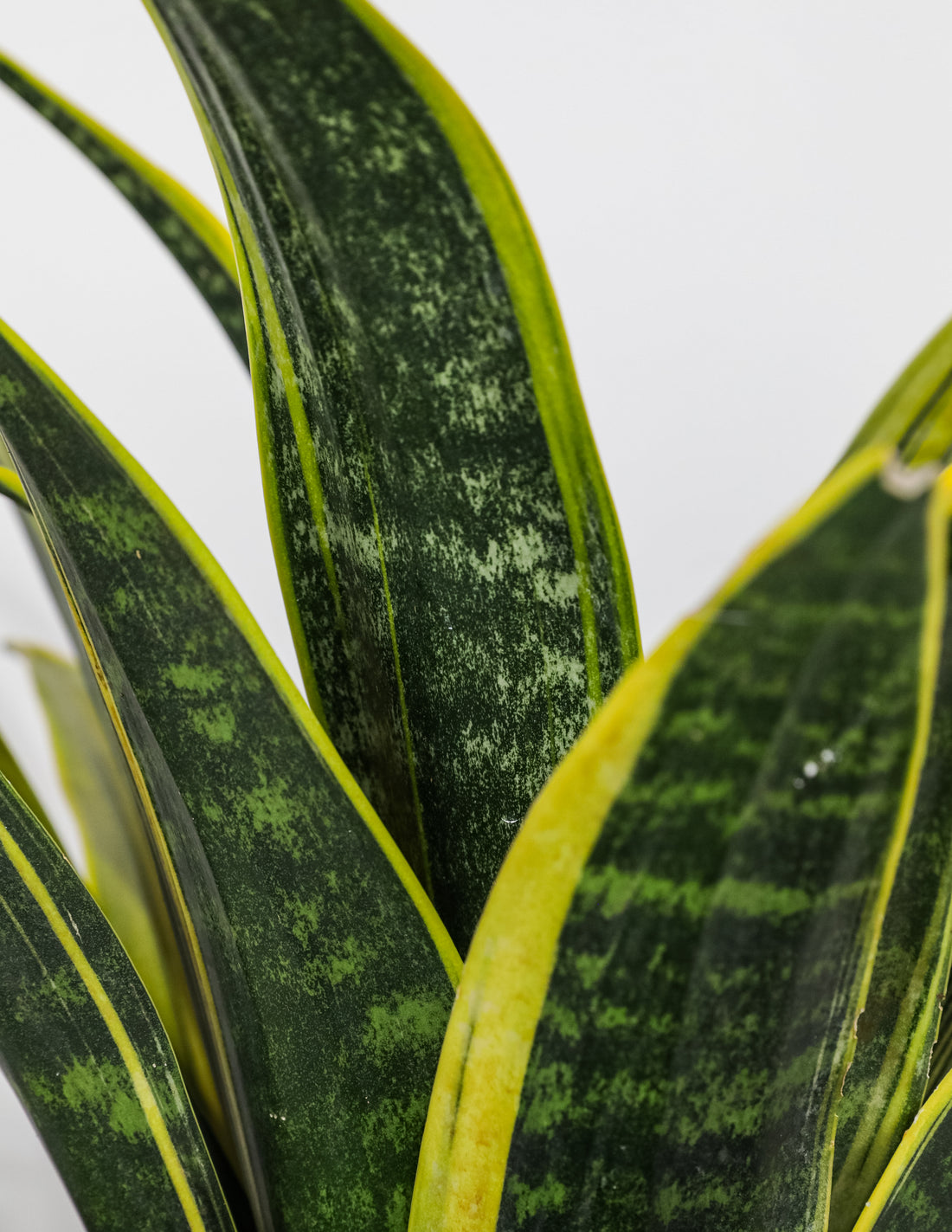The Basic Principles Of Snake Plant Leaves Turning Yellow
Wiki Article
The Facts About Snake Plant Leaves Turning Yellow Revealed
Table of ContentsAbout Snake Plant Leaves Turning YellowLittle Known Questions About Snake Plant Leaves Turning Yellow.The Best Guide To Snake Plant Leaves Turning YellowThe Only Guide to Snake Plant Leaves Turning YellowFascination About Snake Plant Leaves Turning Yellow
Here are seven reasons your serpent plant's fallen leaves can be transforming yellow and how to fix it. Numerous different plant problems can create yellow fallen leaves, or chlorosis. Chlorosis takes place when plants don't have the trace elements they need to create chlorophyll, which makes vegetation green and enables plants to convert sunlight right into food.Snake plants are dry spell forgiving many thanks to their succulent leaves. Snake Plant Leaves Turning Yellow. These plants expand finest in loosened, well-drained soil that's enabled to dry entirely between waterings and may just need water once each month throughout winter. Overwatering can prevent roots from soaking up wetness and nutrients that the plant requires and can even cause root rot
A potbound plant can't take in nutrients from the dirt. If your snake plant is jammed or outgrowing its pot, this might be the root cause of yellow leaves. A periodic yellow fallen leave is totally typical for a snake plant. As the plant ages, old leaves yellow, pass away, and drop off as they're replaced with brand-new ones.
Make certain the plant has intense, indirect light and regularly cozy temperatures, and water only as soon as the soil has actually completely dried. Watch out for troubles and capture them early to maintain your plant looking healthy and balanced and attractive.
Top Guidelines Of Snake Plant Leaves Turning Yellow
If the fallen leaves on your serpent plant are getting soft, it's usually an indicator of way too much water. Snake plants shop water in their leaves and if they're overwatered, the leaves can come to be soft and mushy. If you believe your snake plant is being overwatered, allow the dirt to dry completely before watering again.Yes, some yellowing is normal and to be anticipated on older leaves, particularly as serpent plants age. If the plant is or else healthy and the fallen leaves are only lightly yellowed then there is no cause for issue. However, if the leaves are significantly yellowed or if there are various other indications of distress then it's best to act. Snake Plant Leaves Turning Yellow.

This can differ depending on the dimension of the pot, the kind of potting mix, and the temperature level and moisture levels. Generally, serpent plants should be watered each to 2 weeks. During the winter season, you can decrease watering to as soon as a month. If you believe your serpent plant has been overwatered, the very first step is to stop watering it.
Not known Facts About Snake Plant Leaves Turning Yellow

The snake plant is an amazing houseplant. The serpent plant is among those plants that are great for growing inside in a terrarium, Snake plants can grow quite big, yet they likewise often tend to be pretty low-maintenance. That does not indicate you shouldn't take note of their look. Intend your near the bottom due to an absence of nutrients or other troubles.
When the dirt is overwatered, the plant cells absorb even more water than they can save. Read below to Leaves ended up being soaked and yellow as they take in more water. Drooping snake plant fallen leaves are brought on by soaked-up leaf cells shedding their suppleness. You might see that your snake plant will certainly come to be black or brownish if the yellow patches are not remedied by correcting overwatering.
It is, for that reason, more probable that your plant will certainly spot yellow spots on its leaves if you overfeed it with plant food throughout winter months. The fallen leaves of snake plants are additionally vulnerable to yellowing when overfed, specifically if the origins are vulnerable. Repotting your yellowing, sprinkling only when the soil dries out, and offering optimum temperature level and light problems can wait.
The Definitive Guide to Snake Plant Leaves Turning Yellow
To quit yellowing created by overwatering, stop irrigating the snake plant up until the dirt completely dries out. Water your serpent plant redirected here only when the leading 2 inches of soil really feel dry.Your can be removed by removing the yellow tips - Snake Plant Leaves Turning Yellow. The trimmed leaves ought to expand longer if they are watered correctly and have optimum light and temperature level problems. It is very important to keep in mind that the sharp suggestions will certainly not regrow, creating them to stand apart from the remainder of the fallen leaves
At the same time, you can remove affected fallen leaves from the base of the plant. The crucial message is to enable the snake plant time to recoup.
Scroll the short article till the end to discover the service. Pay attention to this write-up right here: The situation can be expected if you have actually had your serpent plant for a lengthy time, and yellowing takes place on the reduced leaves as an all-natural aging cycle. site Also, it prevails for the Sansevieria delegates turn yellow because of beginner errors and when the plant is just acquired from the baby room for repotting.
The Ultimate Guide To Snake Plant Leaves Turning Yellow
A few of one of the most typical causes are noted below. Sansevierias like dry environments and favor little water preserved at a void of one or two times once a week in summertime and regular monthly in winter. When the water dose obtains out of control, your Sansevieria will suffer from overwatering. One of the most typical problem released by overwatering is origin rot resulting in mushy roots and stems with a nasty smell.Report this wiki page